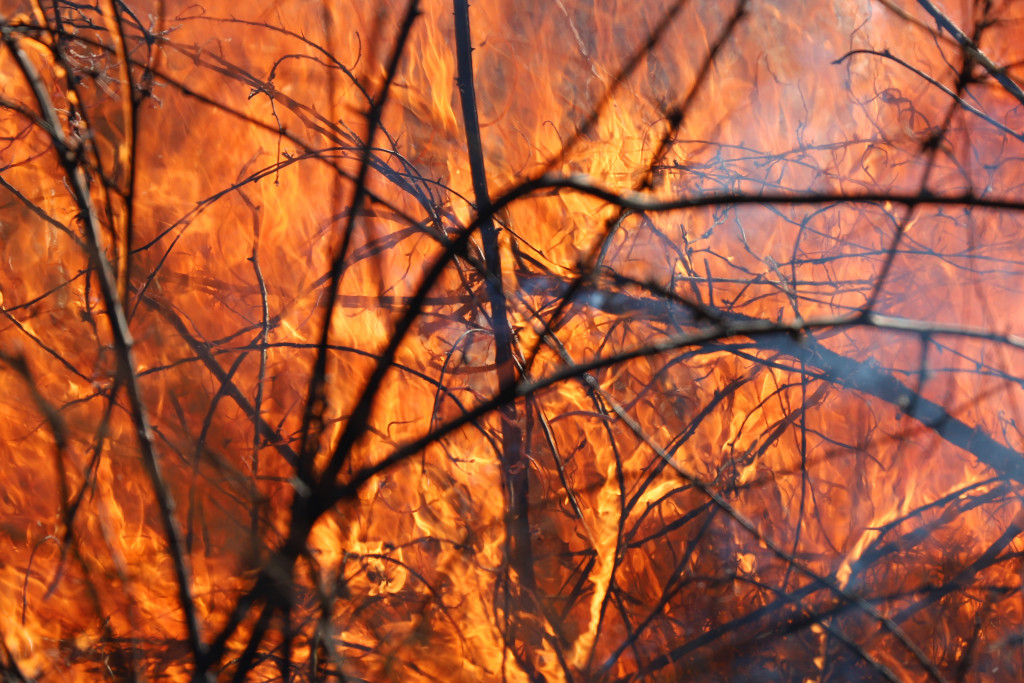Mother nature is unpredictable. Sometimes, she’s kind and nurturing. But other times, she can be harsh and unforgiving. Human beings have learned to contend with her for thousands of years, but not everyone is lucky and safe from her wrath.
Mother nature can conjure all sorts of disasters, from mild weather events to full-blown catastrophes. Typhoons, hurricanes, and earthquakes are just some of the disasters that can occur. And when they do, people can lose their homes, livelihoods, and even their lives.
One of the most overlooked catastrophic events that happen in nature is wildfires. Wildfires are large, uncontrolled fires that burn through forests, grasslands, and urban areas. They can be started by natural causes, like lightning strikes, but often they’re caused by human activity, like careless campfires or arson. Wildfires can destroy homes, businesses, and critical infrastructure. They can also lead to mudslides and flash floods.
The estimated cost of a wildfire for a big state like California is about $140 billion. That’s a lot of money taken from the economy. However, wildfires can also hurt and even kill people. There have been some significant wildfires in many states that have killed many people in the last few years. So not only are they expensive, but they can also be deadly.
That’s why it’s essential to be aware of how you can protect yourself and your home from wildfire. Here are five tips:
Know the risk factors
The first step to protecting yourself from wildfire is to know the risk factors. If you live in an area prone to wildfires, you need to be more vigilant. Some risk factors include:
- Living in a dry area
- Having trees and vegetation near your home
- Having a home made of flammable materials like wood
Sometimes these elements can be found in your state. For example, the states of Arizona, New Mexico, California, Texas, and Florida have the highest risk. In contrast, states like North Dakota, South Dakota, and Nebraska have little to no risk.
If you have any of these risk factors, you need to be extra careful. Take steps to mitigate the risks and be prepared for the worst.
Create defensible space
The next step is to create a defensible space. Having a defensible space means making sure there’s a buffer zone between your home and the wildfire. You can do this by clearing brush and vegetation around your home. You should also remove any dead trees and branches. The goal is to create a barrier that will make it harder for the fire to spread to your home.
You can also create defensible space by using fire-resistant materials. These include stone, brick, or concrete. For example, if you have a wooden fence, you can replace it with a metal one. You can also install metal screens on your windows and doors.

Have an Evacuation Plan
You should also have an evacuation plan in place. This plan should include a safe route and a place to stay. If you have pets, you should also include them in the plan. You should practice the evacuation route so that everyone in your family knows what to do.
You should also have an emergency kit ready. This kit should have supplies like food, water, and first-aid supplies. You should also have a flashlight, batteries, and important documents.
Have a Cleanroom Ready
If you’re in a high-risk state, you should have at least one room in your home: a cleanroom. This room should be free of anything that can burn. Make sure it’s free from curtains, carpets, and furniture. The cleanroom can reduce smoke inhalation from the wildfire nearby, keeping you and your family safe from dangerous fumes.
You should also have a fire extinguisher in this room. The room should have everything you need to survive for 24 hours. This includes food, water, and supplies.
Building a cleanroom requires a professional. Thankfully, there are consultants for cleanrooms on the internet. Make sure to visit them and ask for help building your cleanroom. They might even give you tips on how to make it more effective.
Install Smoke Alarms
Smoke alarms can save your life. They can give you an early warning if there’s a fire in your home. You should install smoke alarms on every level of your home. You should also test them monthly and replace the batteries every year.
You should have a carbon monoxide detector as well. Carbon monoxide is a gas that’s produced when things burn. It’s odorless and colorless, so you can’t see or smell it. But it can be deadly if you breathe it in.
A carbon monoxide detector will alert you if there’s carbon monoxide in your home. You should install one near each bedroom. You should also test it monthly and replace the batteries every year.
Follow these five tips, and you’ll be prepared for wildfire season. Protect yourself and your family by being prepared. Stay safe!

